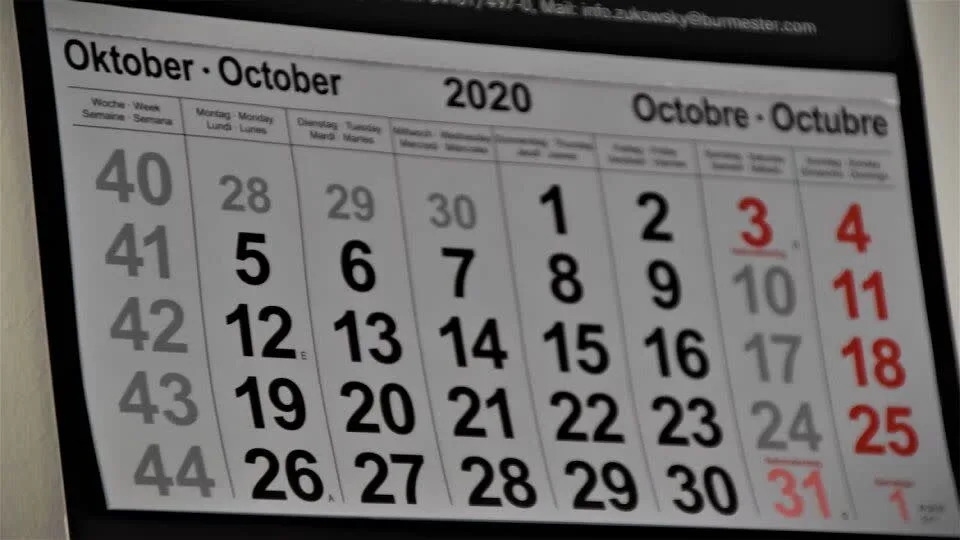The IBEX 35 ended September on a very bad foot, losing ground for eight consecutive sessions (it closed on the 30th, yes, with an advance of 0.90%, after those eight drops). During the month, the index registered a drop of almost 6%. But after those falls, we are seeing an attempt to recover or, at least, to maintain levels, so far in October. Can the movement be trusted? What does the historical data tell us? A bad September can give way to a good October… unless things are like in 2008.
What do the analysts say?
According to analysts at Link Securities, what we are seeing is only a one-off rebound, “fueled by the fact that these assets reached very high oversold levels at the end of September, which has facilitated this technical reaction in these markets that, in addition, has been supported by the closing of short positions by some investors who, in this way, have secured their profits”, explains Juan J. Fdez-Figares, Director of the Analysis Department.
They also add from Link Securities, that we must wait for the quarterly results publication season, which will begin shortly, to draw more realistic conclusions about how the current scenario can affect the expectations of results of the listed companies, which is what really in the end it determines the behavior of its quotes.
Outside of the IBEX 35, looking at the global scene, equity markets have also erased early gains as investors take a cautious approach ahead of the US jobs report due out this Friday.
“The narrative of the past few days that weaker data is positive, as it could be a precursor to slower tightening, did not seem tenable and is already being shown to be so,” said Craig Erlam, Senior Market Analyst, UK and EMEA, OANDA. “I think it was more a reflection of the markets selling off and the performance of risk assets in general over the previous six weeks, rather than the data. If the Fed wasn’t ready to jump at the first sign of easing in inflation, it certainly won’t after a weaker PMI and a decline in job openings. The recovery, if anything, provided some temporary relief.
It should also be borne in mind that October is historically the most volatile month:

As explained by Franco Macchiavelli, an analyst at Activotrade, “there was a very important generalized pessimism”, with a loss of reference supports in the main European indices, but those increases that we have seen at the beginning of the month give some respite and make investors ask to what extent the market structure has changed. “Regardless of the current level, the structure does not change and we remain in a downtrend,” he explains.
Antonio Castelo, market specialist at iBroker, points out that the rebound that we have seen at the beginning of the week has been motivated, above all, by technical factors, “after marking minimums last week and by the truce that sovereign bonds gave”, he explains. , based on a supposed moderation by central banks in their path of tightening monetary policy. The market is hoping that weaker macroeconomic data has given rise to the idea that the Federal Reserve and the European Central Bank will relax their hawkish tone, but the truth is that there is no real indication that this will happen.
For Castelo, until the central banks meet again and confirm that they are continuing with their monetary normalization roadmap, we could see a certain rebound. But he also recalls that there are several members of the central banks issuing messages that do not imply that the tone is going to relax. To this is added the production cut recently announced by OPEC +, to maintain prices, “which does not make us especially optimistic that inflation, in the coming months, may flex,” he explains.

